| Intl. Notebook | Jun 28 2016 |


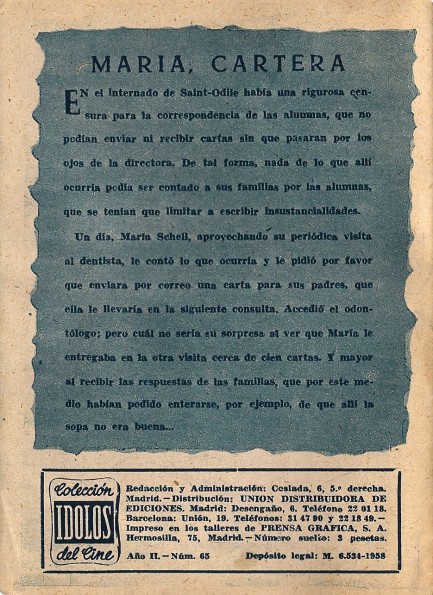


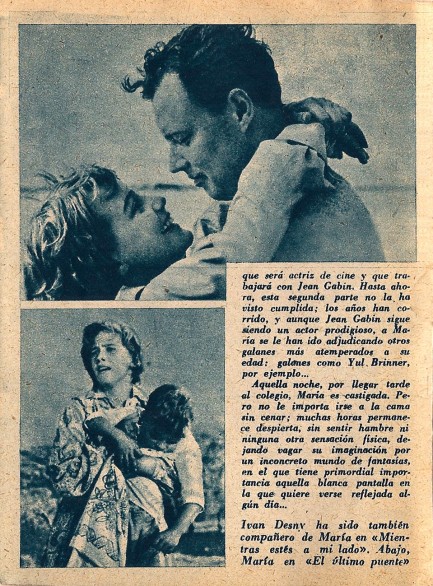
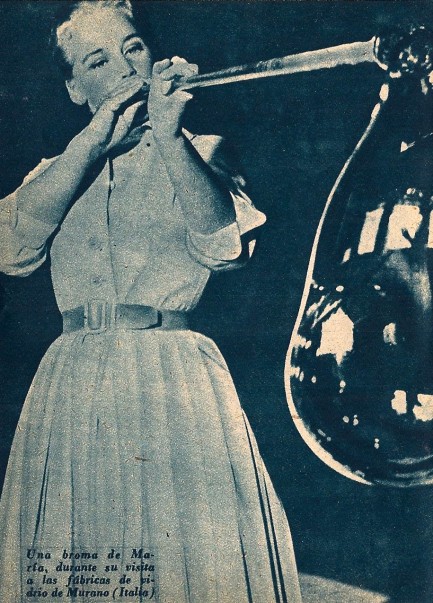
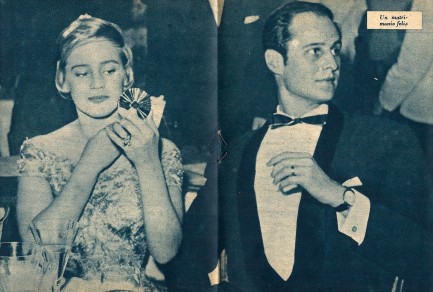
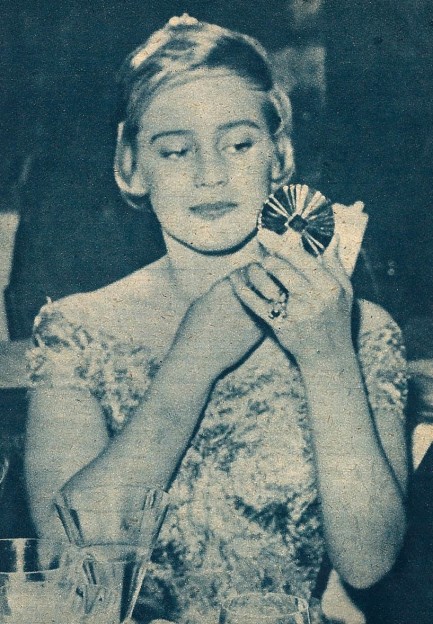
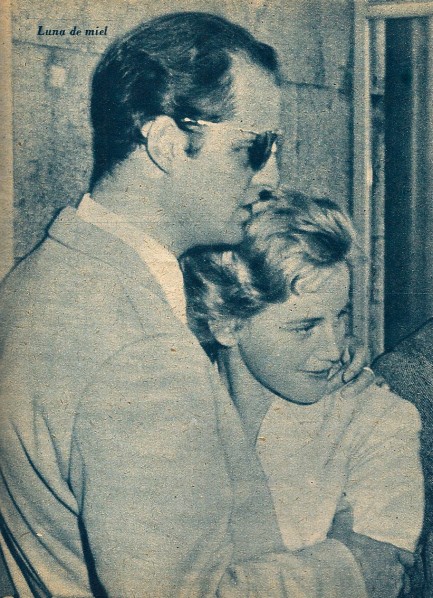
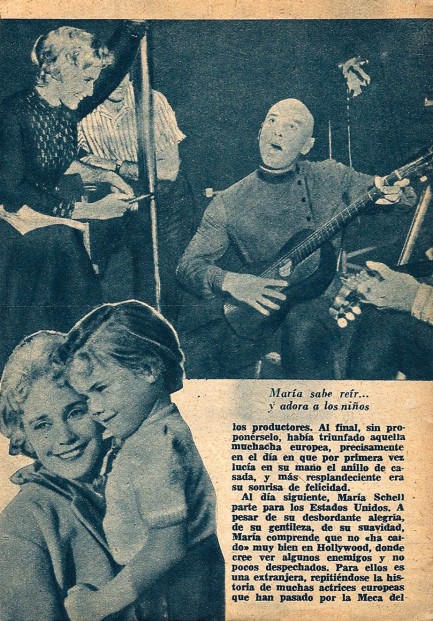
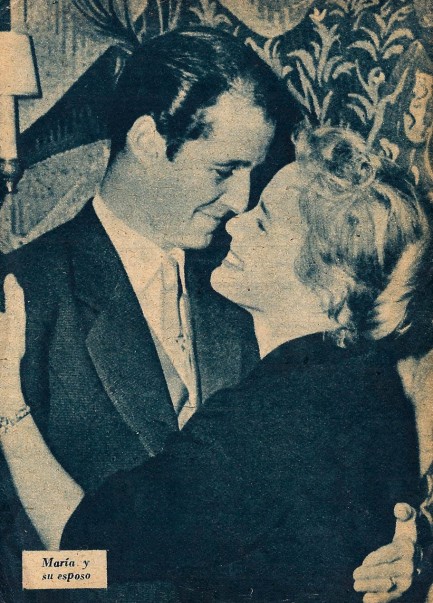
| Femmes Fatales | Mar 20 2016 |


| Intl. Notebook | Jan 22 2016 |

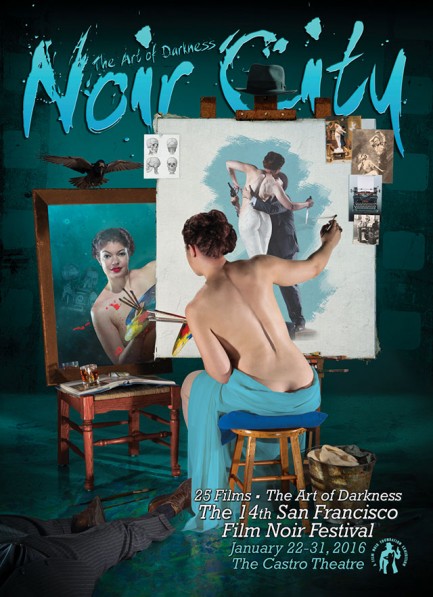
San Francisco's Noir City Film Festival remains one of the best of its type in the U.S. Its fourteenth incarnation kicks off today in San Fran with Rear Window and The Public Eye. The first isn't a noir, but fits comfortably on the festival program; the second is a sort of noir, though a newer one, and is an inspired choice, in our opinion. We just wonder whether people who pay for two films noir will be happy with those two selections on opening night. In any case, we take a peek at both films below. Other offerings this year include the Bogart vehicles The Two Mrs. Carrolls and In a Lonely Place, Screaming Mimi, Corridor of Mirrors, The Dark Corner plus more than twenty other titles, and we'll be taking a look at some of these films throughout the next week.
| Vintage Pulp | Nov 23 2015 |

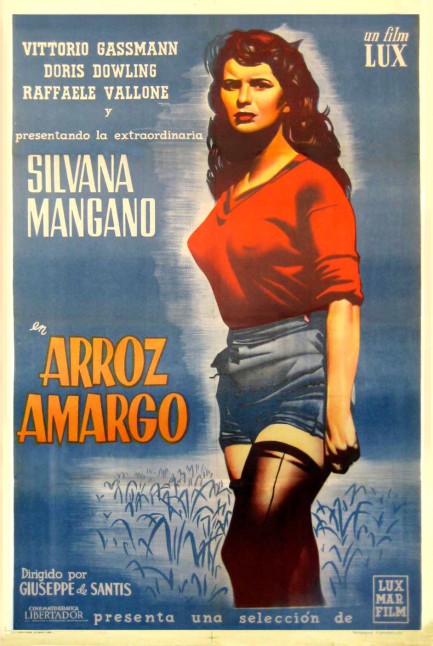
Arroz Amargo, with Silvana Mangano, Vittorio Gassman, and Doris Dowling, was originally made in Italy and called Riso Amaro, or Bitter Rice. We already delved into this particular rice paddy, but we wanted to show you this beautiful alternate Spanish poster painted by Catalan artist Josep Renau Berenguer. The movie premiered in Spain four years after it opened at the 1949 Cannes Film Festival and had a long run in Italy. That was today in 1953. If you’re interested you can read our original write-up and see the Italian poster here.
| Intl. Notebook | Jan 16 2015 |

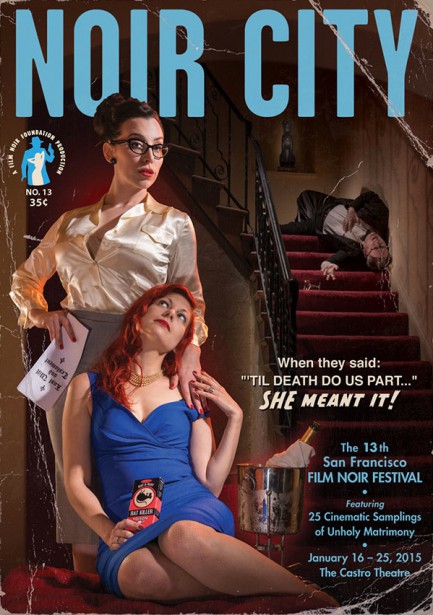
Today, once again, the U.S.’s premier film noir festival begins in San Francisco. Well, we aren’t impartial—we used to live in Berkeley, just across the Bay, and San Fran was our nocturnal playground—but we think the Noir City Film Festival is the best, that its locale the Castro Theatre is awesome, and that San Francisco, with its iconic hills, clanking cable cars, and rogue fogs, is the also the best possible host city. This year the art produced for the festival in its thirteenth year references worn pulp paperbacks, which we can appreciate, and we also love the festival line-up.
cars, and rogue fogs, is the also the best possible host city. This year the art produced for the festival in its thirteenth year references worn pulp paperbacks, which we can appreciate, and we also love the festival line-up.
The extravaganza opens with Woman on the Run, a film we discussed recently. Apparently the last known print burned in a fire, and this year’s showing represents the culmination of years of restoration work. Since the film was in the public domain, we imagine some secondary sources existed and needed to be tracked down and cobbled together. Other classics to be screened include Clash By Night, The Thin Man, Shockproof, Cry Terror!, and twenty others. Hopefully a few of our Bay Area friends will attend the festival and report back. And to Pulp Intl. readers in that part of the world, this is your official reminder—any chance to see film noir on a big screen is an opportunity not to be wasted.
| Vintage Pulp | Oct 31 2014 |

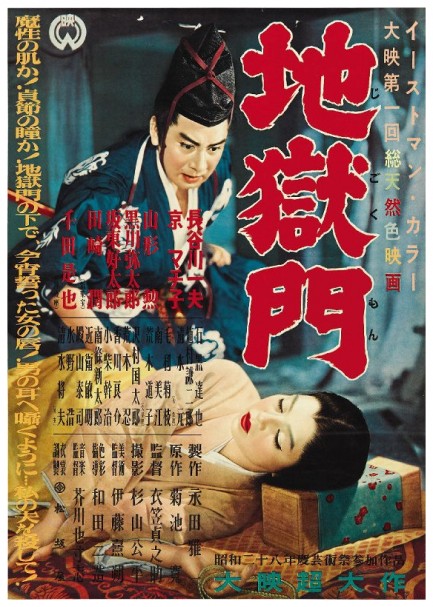
Above is a poster for Teinosuke Kinugasa’s masterwork samurai drama Jigokumon, which was known in English as Gate of Hell. It was the first Japanese film shot in color, via the process Eastmancolor, which was a leap beyond three-strip Technicolor, and one that makes Jigokumon blaze like a supernova. The story, from a play by Kan Kikuchi, concerns a Heian-era samurai named Moritoh whose bravery during a battle is rewarded by his lord granting him anything he desires. What he desires is the Lady Kesa. Problem is she’s married to another samurai. The lord mistakenly grants Moritoh’s wish, which is soon revealed to be impossible, but Moritoh resolves to have Kesa anyway, by any means necessary—trickery, bribery, even all-out murder. What develops is not just a thriller about entitlement and lust, but a meditation on honor, love and, especially, social strictures.
Jigokumon was a sensation. A hit in Japan, it was a revelation to foreign audiences. It took home the Palme d’Or from the 1954 Cannes Film Festival, a 1955 special Academy Award for Best Foreign Language Film, an Oscar for Best Costume Design in a color film, and more prestigious nods. Along with Akira Kurosawa’s Rashomon, Kimisaburo Yoshimura’s Genji Monogatari, Kenji Mizoguchi’s Ugetsu Monogatari, and other films from the early 1950s, it marked the emergence of Japanese cinema onto the international scene. We’ve posted a large group of screen grabs below—perhaps overkill, considering how many—but the film just looks so damn good and the shots are so spectacular that we couldn’t help ourselves. Jigokumon premiered in Japan today in 1953.
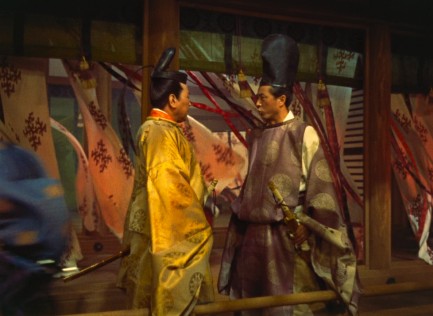
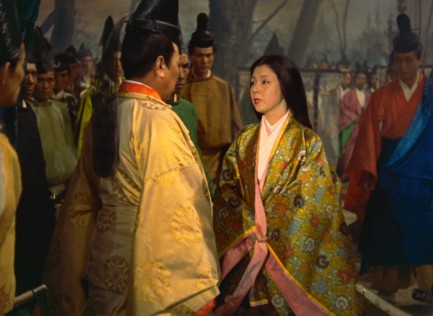
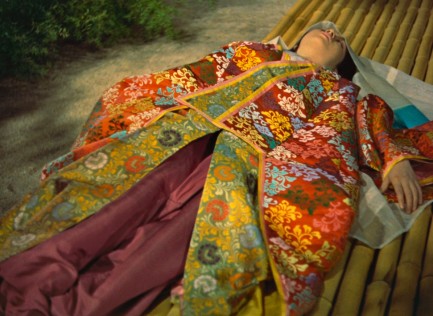



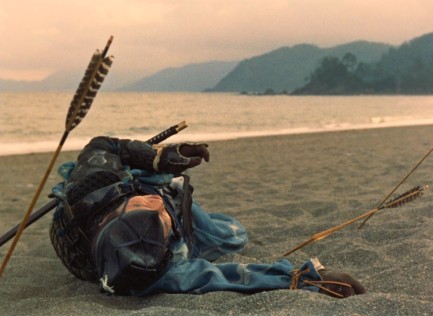
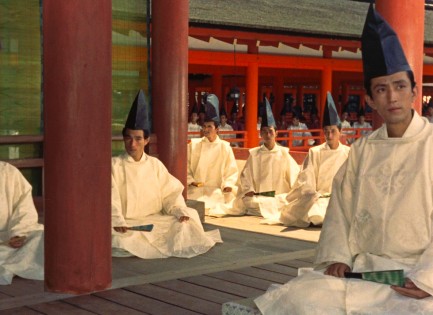
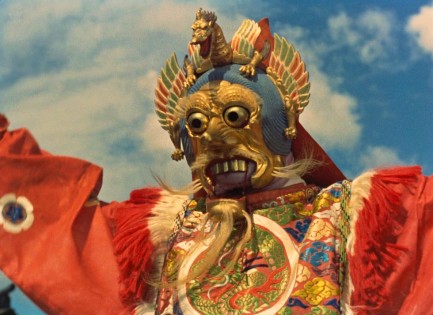

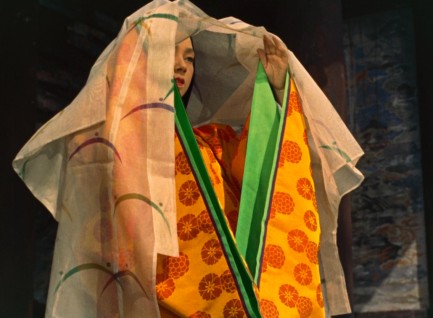


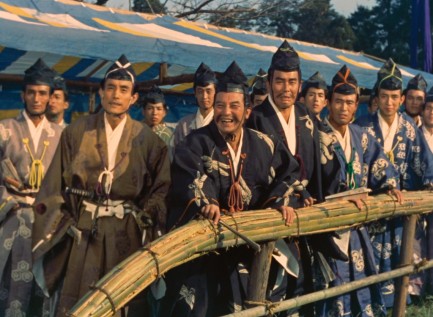
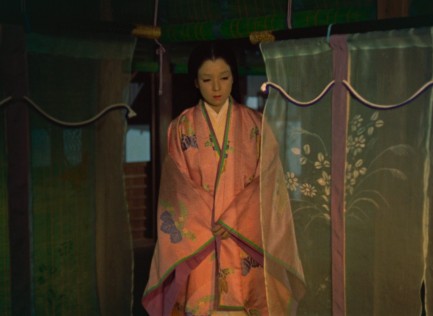
| Vintage Pulp | Sep 21 2014 |

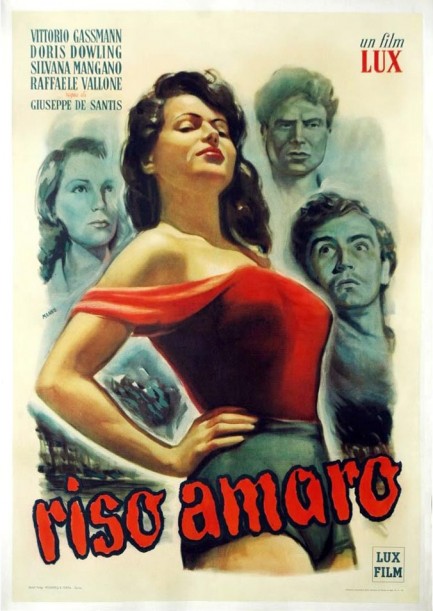
This great poster was painted by Italian illustrator Dante Manno to promote Riso Amaro, aka Bitter Rice, one of the neorealist movies that came out of Italy during the post-World War II period. If you watch the movie you’ll find that some elements aren't very “real,” but remember that the term neorealism refers to a rejection of the phoniness of Fascist-era film production, rather than a broad description of cinematic properties. Basically, the movie is about two petty criminals, played by Vittorio Gassman and Doris Dowling, who hide from the cops by posing as lowly rice pickers. What’s real here isn’t the rice pickers (whose female ranks are uniformly beautiful and sexily clothed), nor some of the action (typified by a scene in which the workers break into perfect operatic harmony even though the tune they’re singing is being made up on the spot). No, the realism is in the themes and production values. Riso Amaro deals with weighty issues and was made on location by director Giuseppe De Santis in the rice fields of Italy’s Po Valley in crisp, documentary style black and white.
One of Riso Amaro’s rice pickers is the voluptuous Silvana Mangano, who catches Vittorio Gassman’s eye. Since he’s a criminal, he spies opportunity in his circumstances, and while chasing Mangano also plots to steal the entire rice crop while everyone is occupied during an end-of-season festival. Mangano, who has her choice between the slick Gassman and the honest rice picker Raf Vallone, is symbolically torn between American-style and traditional values. Doris Dowling has the same dilemma to a lesser degree. The choice both make will be crucial. Riso Amaro is a good movie, beautifully rendered, and consistently interesting. Tame today, it’s easy to see how provocative it must have been when first released. As with many films, certain elements resonate more over time, and here the secondary theme exploring tensions between legal and illegal workers fascinate. The legal workers resent the presumed loss of jobs, but the illegals must eat somehow and are willing to toil much harder than the legals. All the while the bosses reap the benefits. Sound familiar? Riso Amaro premiered at the Cannes Film Festival in early September and opened in Italy today in 1949.


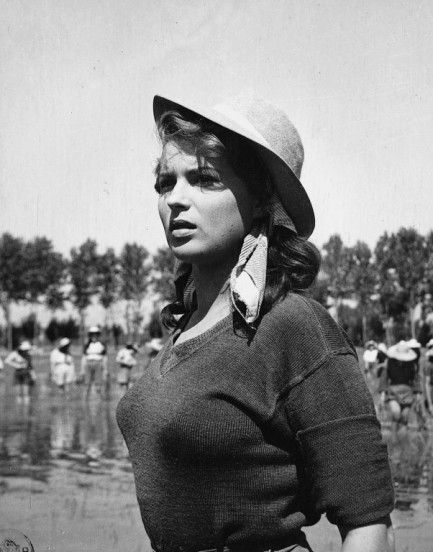


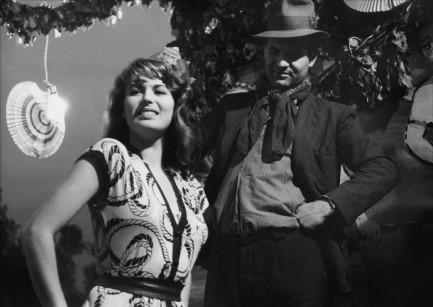
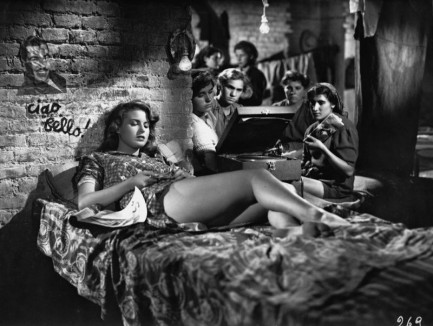
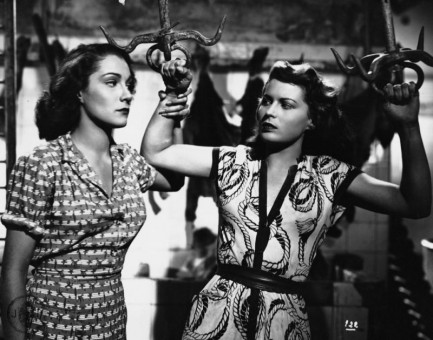
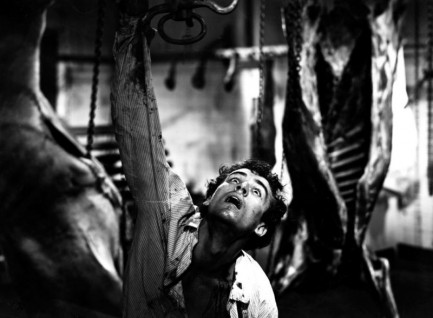

| Intl. Notebook | Jan 24 2014 |

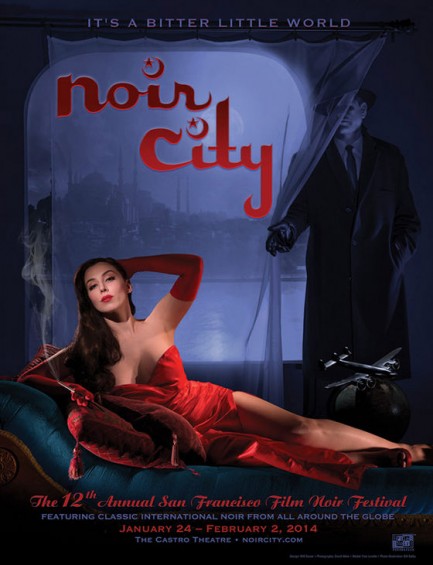
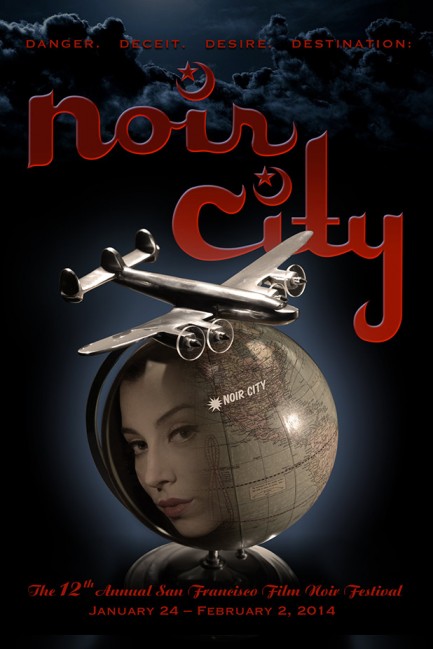
Living overseas is sometimes bittersweet. While the people, the food, the bars, the beaches, the lifestyle, and a hundred other aspects are wonderful, there are no film noir festivals (and no decent pizza, but that's another story). Anyway, today we’re sad not to still be living in the San Francisco Bay area because it’s the first day of the Noir City Film Festival. Ironically, this year’s version, the twelfth in the series, looks toward other countries and includes movies set in France, Britain, Mexico, Singapore, Macao, and more. The films, which screen at San Fran’s Castro Theatre, include The Third Man, Akira Kurosawa’s Yoidore tenshi, aka Drunken Angel, Jules Dassin’s Du rififi chez les hommes, aka Rififi, and two dozen other films. All in all, a great collection. The photoillustrated poster art above (the first is the official promo and the second is the teaser that came out last year) is also pretty nice, though not up to the standard of previous years. But you can decide that for yourself—we’ve shared the entire run of Noir City posters and you can see those here.
| Modern Pulp | Jan 21 2014 |

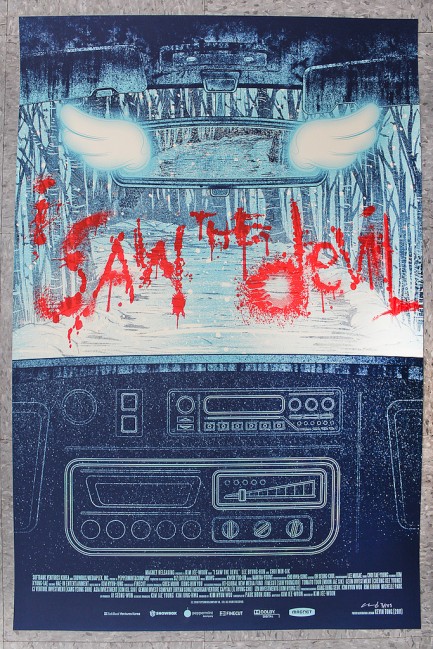
Thanks to the wonder of downloading—er, we mean the legal purchase of a DVD at a sanctioned commercial outlet—this weekend we were able to re-screen one of our favorite recent movies, the 2010 South Korean gutwrencher Angmareul boatda, aka I Saw the Devil. Last time we watched it we didn’t write about it, but we think it’s a good time to recommend the movie because today was its official American premiere date. Amazingly, that unveiling was at the 2011 Sundance Film Festival. Well, nobody felt like dancing by the time the movie ended, you can be sure. Often lumped in with horror or torture porn movies, in truth I Saw the Devil is an unflinching but high-gloss revenge thriller, beautifully shot, and carefully paced. The revenge in question is directed toward a serial killer and director Kim Ji-woon’s documentation of that person’s gory exploits is where much of the movie’s early mayhem occurs.
Unlike many American films, I Saw the Devil doesn’t soften the impact of violence by turning it into a technical showcase for an fx house—the movie tries its best to make those scenes frightening yet somehow banal. No heads explode, nobody is thrown in a tire shredder, and nobody is impaled by a pair of skis. The most proximate cause of nearly every human death in history—technically speaking—has been lack of oxygen to the brain. Oxygen very often stops going to the brain because the blood needed to carry it there has gone somewhere else—the floor, for example. I Saw the Devil explores that concept with vivid clarity. Above is one of the American posters, and below is the original South Korean promo.

| Intl. Notebook | Sep 29 2013 |

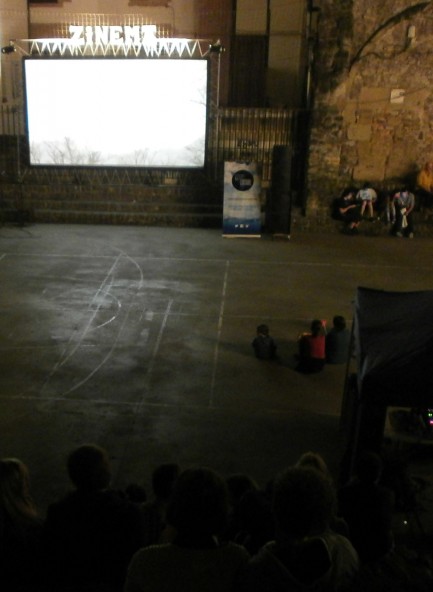


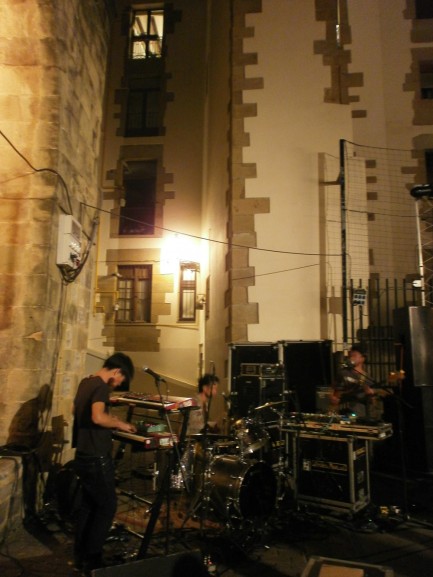
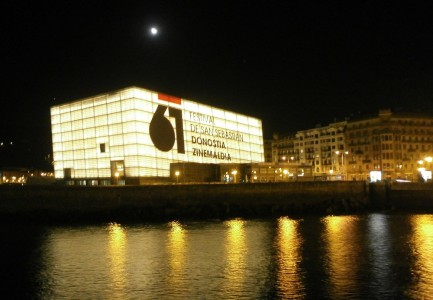
 |
 |




































































